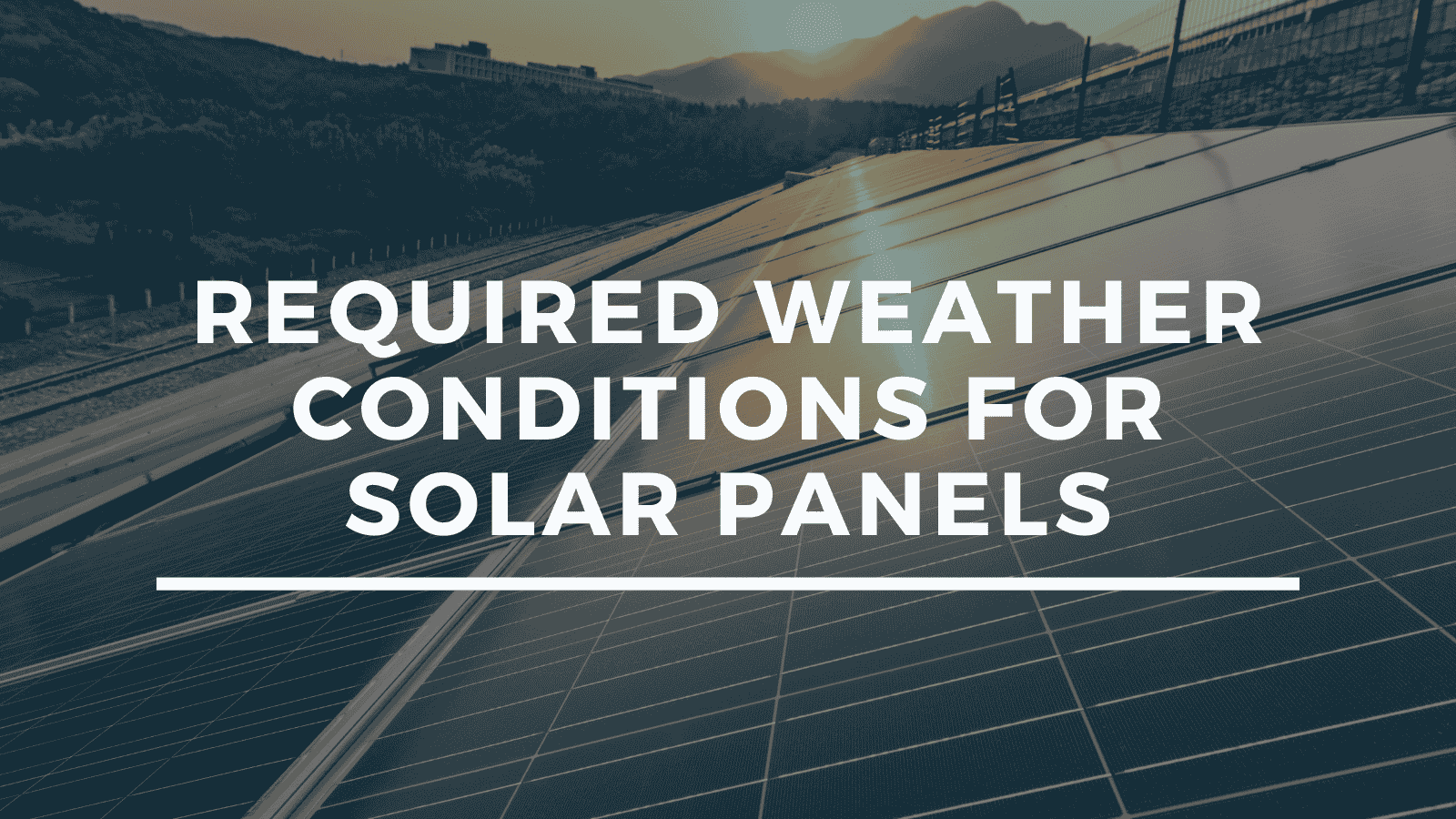
- +639973666667
- business@first-powersolar.com
- The World Centre, Sen. Gil J. Puyat Ave, Makati, Metro Manila

Thinking about going solar for your property here? You’re probably wondering if the local weather will support your investment. While we often enjoy sunny days, we also experience our fair share of clouds and rain. The good news is that solar panels don’t need constant, scorching sunshine to generate electricity. Understanding the ideal and acceptable weather conditions will help you gauge the potential of solar power for your property.
You might be surprised to learn that the best weather for solar panels isn’t just bright sunshine, but also cooler temperatures. Here’s why:
Think of it this way: Sunlight provides the fuel, and cooler temperatures allow the engine (solar panel) to run more smoothly.
While direct sunlight is ideal, solar panels can still generate electricity on cloudy days. Here’s what you need to know:
In short, clouds will reduce your solar panel’s output, but they won’t stop it entirely. Modern panels are designed to capture a broader spectrum of light.
Beyond sunshine and temperature, other weather elements play a role:
Given our tropical climate here, here’s how the typical weather conditions might interact with your solar panels:
By understanding how different weather conditions affect solar panel performance, you can have realistic expectations about your system’s energy production and make informed decisions about going solar here. While no location has perfect weather year-round, solar technology is resilient enough to harness the sun’s energy effectively in various climates.
Empowering a sustainable future with cutting-edge solar solutions, First Power Solar Inc. is committed to delivering reliable and efficient renewable energy for businesses
Get updates on special events, news & trends